Screen for Molecular Factors that Contribute to Tremor in Spinocerebellar ataxia
- Miao En Lee

- Mar 3, 2021
- 2 min read
Optical Tracking of Fly’s Gait Movement
Drosophilia melanogaster, also known as fruit fly, is the primary model used in our lab to study movement disorder that is associated with Spinocerebellar ataxia. Spinocerebellar ataxia is a type of neurodegenerative disease that is accompanied by uncontrollable movement abnormalities. Although Drosophilia has a million-fold fewer brain cells than human, yet it shares 60% of our genes. Importantly, two-thirds of disease-related genes in human are estimated to be conserved in the fly. These are among the reasons why we use Drosophilia as our primary model in the lab.
The rationale of performing optical tracking of fly’s gait movement was to analyse kinematic details in flies and link to its genetic circuit. Firstly, single fly climbing assay was done to determine the worst climbers (i.e. flies with weakest climbing ability) to be used in recording.
In recording, a high-speed camera, Photron FASTCAM SA-X2 was used to capture images of the flies’ behaviors, and then play back the images in slow motion to analyze their movements. Next, fully automated leg tracking was performed via Feature Learning-based Limb Segmentation and Tracking (FLLIT). FLLIT is a software that automatically tracks leg claw positions of freely moving flies, producing a series of gait measurements. These gait data were used for quantitative analyses.
Anterior Extreme Position (AEP), the initial position of fly’s leg which is closest to the body centroid, was the parameter that we used to determine if a fly exhibits a phenotype of leg-dragging gait pattern. It is supposed that when the fly is affected by defective genes, it would walk with a larger AEP than normal. A series of AEP values were generated from all the tracked videos via FLLIT. To ensure the presence of minimal external factor in experiment, I measured body lengths of all flies via ImageJ, and then normalized each AEP value by their body lengths respectively.
Next, I compared the mean AEP of different genotypes in a graph. Not only that, I had also compared the significant difference between negative control flies and experimental flies via Mann-Whitney biostatistical test.
Finally, through these three months of hard work, I managed to obtain interesting and satisfying outcome. For this, I received compliments from my supervisor. She had also told me that my results would most probably be published, this definitely means the most to me.








Comments